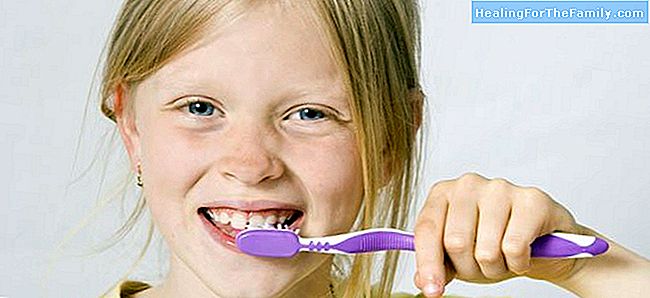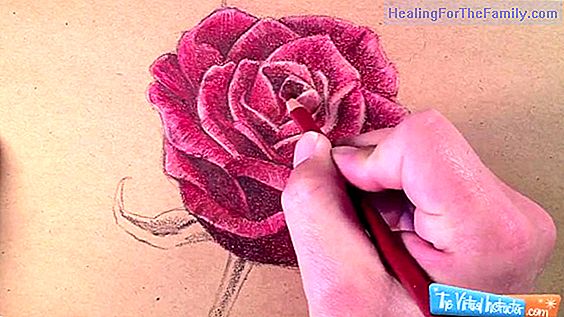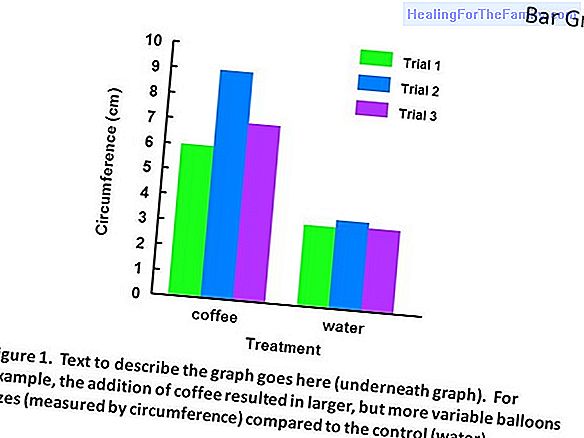What the color of children's teeth tells us
When we talk about the coloring of the teeth we must distinguish between two types of situations: when the color variation is due to the adherence of the tooth surface some type of substance (extrinsic alterations), and those in which the internal structure of the tooth is affected (intrinsic altera
When we talk about the coloring of the teeth we must distinguish between two types of situations: when the color variation is due to the adherence of the tooth surface some type of substance (extrinsic alterations), and those in which the internal structure of the tooth is affected (intrinsic alterations).
The pediatric dentist is the right person to carry out the correct diagnosis and treatment. And the one in charge of assessing the causes of this change in dental coloration.
Causes of external coloring of children's teeth

Extrinsic alterations can be eliminated by cleaning at the dentist. In children, those that are seen more frequently are:
- Yellow-orange or green spots que, which are due to an unsightly brushing that produces food residues are stained by the bacteria and fungi of the bacterial plaque .-
Black spots , consequence of the presence of chromogenic bacteria that react with the iron present in saliva or in medicines. They are not due to poor hygiene, indeed, they have been linked to a lower incidence of caries. They usually disappear when the tooth replacement is made from the milk dentition to the final dentition.Causes of intrinsic alterations in children's teeth
The color of children's teeth can also change due to intrinsic causes, which alter the inside of the tooth. The most common in children's age are:
-
Those due to caries . The caries lesions begin as a whitish spot (decalcification) that little by little becomes yellowish-dark and later a concavity appears. It is good to remember that caries must be treated with equal importance in a milk tooth (which is not very close to falling), than those that appear in definitive teeth.-
Those sequels of a blow , which can sometimes go unnoticed. The crown, usually of an anterior tooth, turns gray-pink or yellow-brown. The traumatism produces inflammation and / or death of the dental nerve. In the milk dentition, the pediatric dentist simply watches over it, although it may even be necessary to perform an extraction. In the final dentition requires a dental treatment at the nerve level of the tooth.-
MIH (Molar Incisor Hypomineralization). It is a very frequent alteration among children. It is characterized because the tooth is born with spots of a color that ranges from chalk white to yellow-brown. The most common is that it affects one or several molars of the six years (first definitive molars), sometimes in combination with involvement of the definitive incisors. So if we see a spot of these characteristics in an incisor, it is likely that some molar is also affected. The enamel is more porous, so they are teeth that can fracture easily and are very sensitive to decay. Many times the child complains of pain to changes in temperature. It is very important to detect it as soon as possible so that the pediatric dentist can treat it. Do not forget to take your children to their periodic dental check-ups, it will be the best way to detect and effectively treat these situations.












